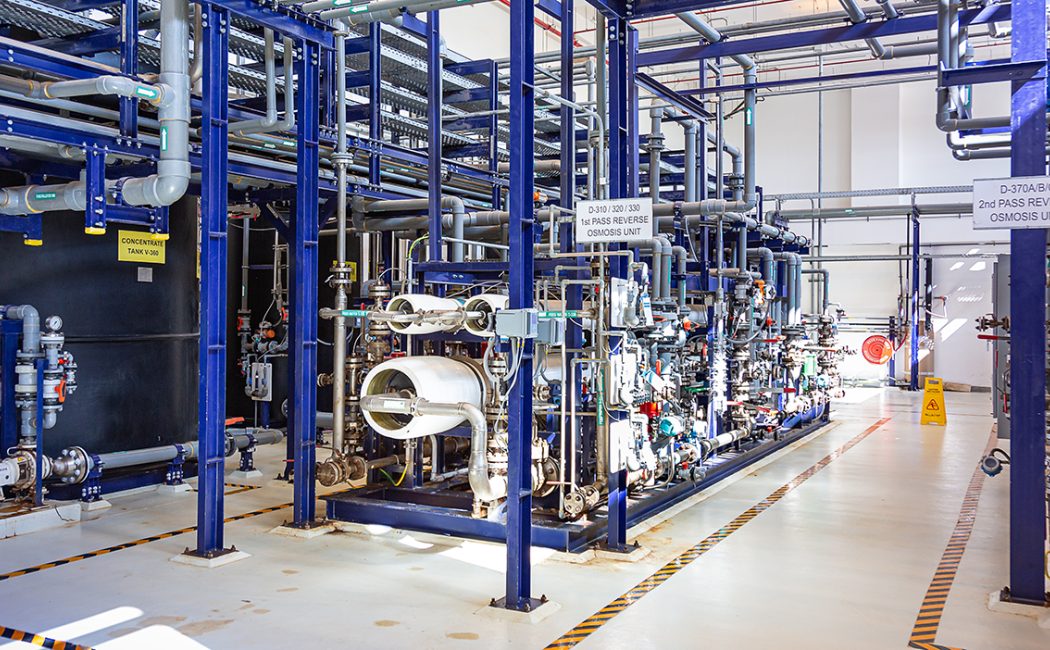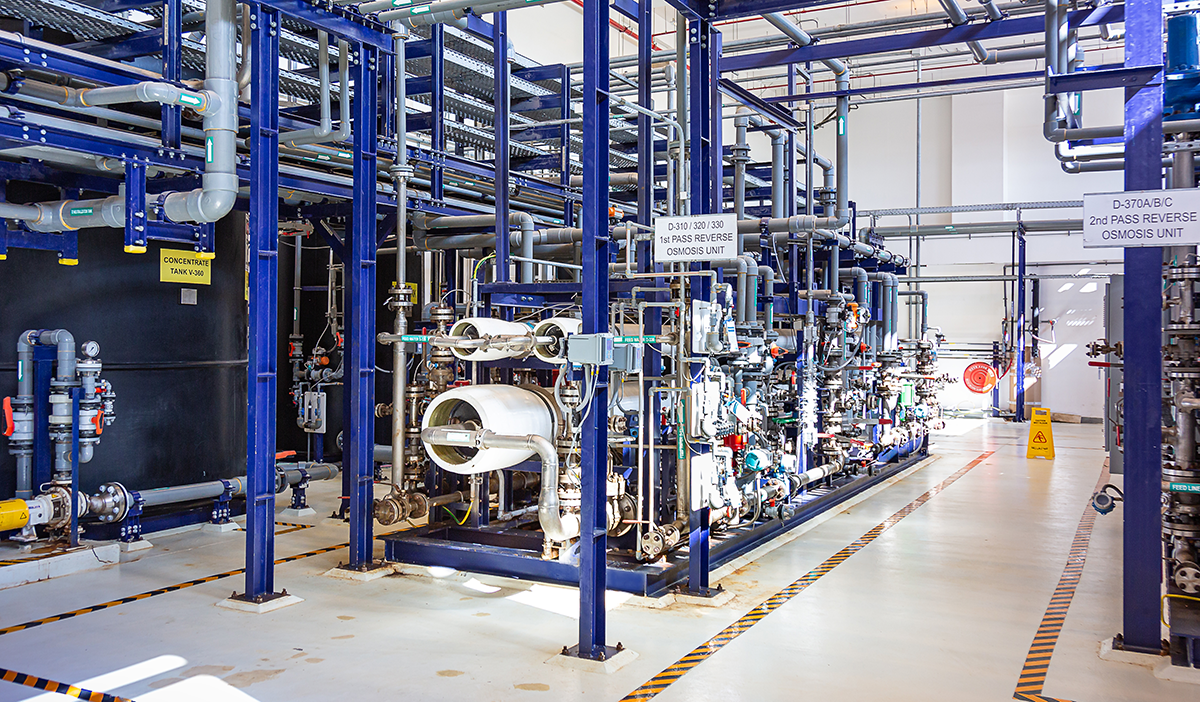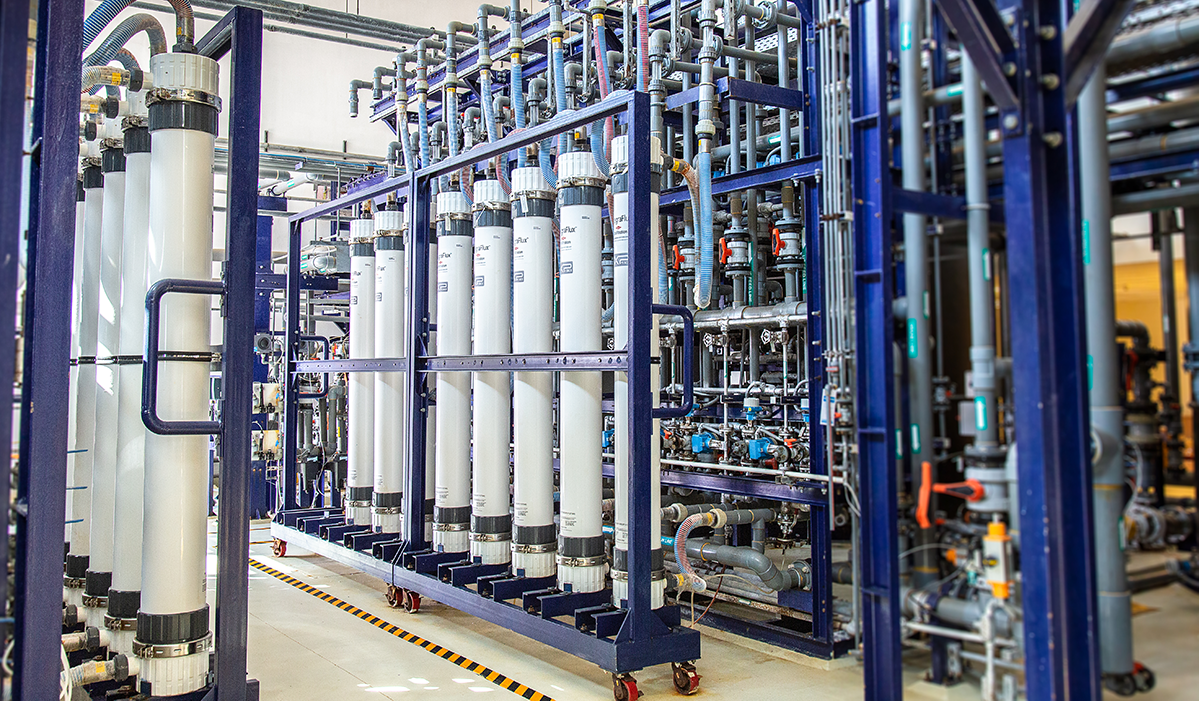

2022 ACWA Power_KAUST Projects Agreement Signing Ceremony
2022 ACWA Power - KAUST Projects Agreement Signing Ceremony
2019 CIAP Presentation
2019 CIAP Meeting
2018 CIAP with KAUST President
2018 CIAP Opening Remarks by Pres. Tony Chan
2018 CIAP Meeting
2017 CIAP Meeting
2016 Nalco Signing
2016 CIAP Meeting
2015 CIAP Meeting
2014 CIAP Meeting
2013 CIAP Meeting
2012 CIAP Meeting
KAUST was built with the mission of having strong industry-academic collaboration to transform Saudi Arabia into a more innovative, knowledge-based economy. To create and develop technologies in benefitting the kingdom and beyond. Industry is invited to join KAUST in fulfilling its mission in two ways—as a partner at the university level or at the research center level (CIAP) Center Industry Affiliates Program to link our research with selected groups from industry.
Since its inception, the WDRC has been very active to establish an in-kingdom, regional (GCC/MENA), and global network of stakeholders (e.g. government, industry, and academia). Either directly or through KAUST, the WDRC has entered several important memoranda of understanding with the Saline Water Conversion Corporation (SWCC, KSA), the National Water Company (NWC, KSA), the Korean Institute of Science and Technology (KIST, Korea), the Public Utilities Board (PUB, Singapore) and the Saudi Geologic Survey (SGS, KSA). In the last year this has been expanded to include the Middle East Desalination Research Center (MEDRC, Oman), the Centro de Investigaciones Energéticas, Medioambientales y Tecnológicas (CIEMAT, Spain), the Korea Institute of Civil Engineering and Building Technology (KICT, Korea), the Institut de la Filtration et des Techniques Séparatives (IFTS, France), and the City University of Hong Kong (CityU, Hong Kong). In addition to these MoU’s we are continuously assessing and discussing joint activities and collaboration with other key universities and research institutes that are globally recognized and active in the areas as defined by the Center strategic research plan.
News

03 January, 2021

Last year, Dupont transferred their Center of Excellence for Desalination to WDRC. This pilot facility has been renamed Tahlia Almiah and is located on the ground floor in Building 23 (Innovation Cluster).
The plant takes in water from the Red Sea, provided by KAUST Utilities, which is unchlorinated. The first step is a self-cleaning screen of 300 microns to take out any coarse particles. Next, there are two trains of ten ultrafiltration (UF) membranes (0.03 micron) that have a flexible design to install the most currently available micro-and ultrafiltration membrane modules without severe modifications of the installation.
The UF feeds a seawater reverse osmosis (SWRO) unit, consisting of two 8” pressure vessels that are operated and monitored independently to enable comparison of different types of membranes. 8” is the current industry standard, so we can test all existing and new membranes in this plant. It also has one 16” pressure vessel that can be used to assess these membranes' performance.

Finally, there is a brackish water RO (BWRO), with three pressure vessels in a 2:1 staging to study boron removal in the second pass.
The pilot is operated and monitored through a SCADA system, very similar to that of full- scale desalination plants.
Inside and outside the building, there is room to temporarily install additional pilot skids and monitoring equipment. It also has a facility to perform membrane autopsies, dye and bubble testing to determine the causes for performance decline and assess whether membrane damage has occurred.
The Tahlia Almiah facility will be primarily used for the Research Translation project that has received funding last year: Solving desalination membrane (bio)fouling problems by applying advanced monitoring and innovative membrane spacer design.
We will be organizing a few tours of the facility soon, obviously following COVID-19 restrictions.